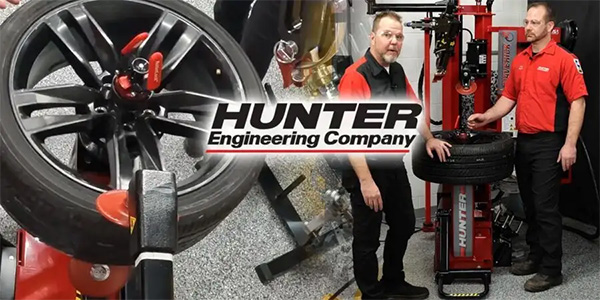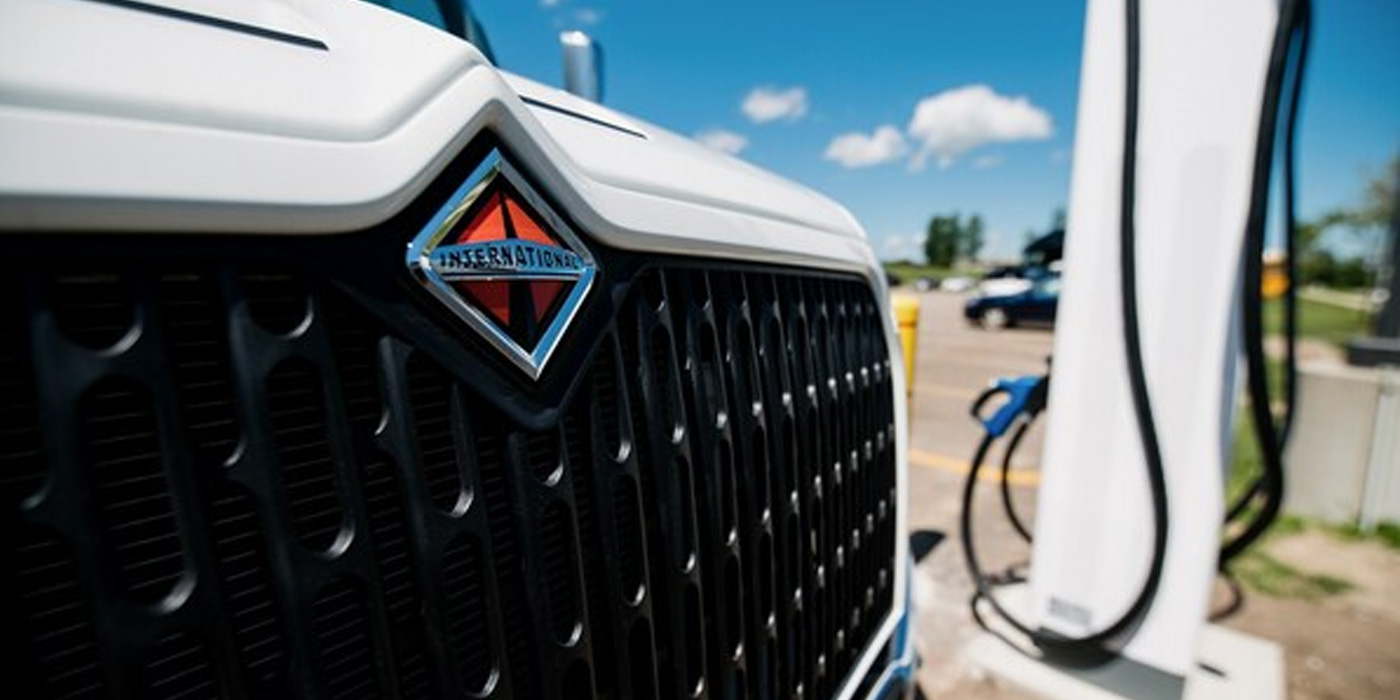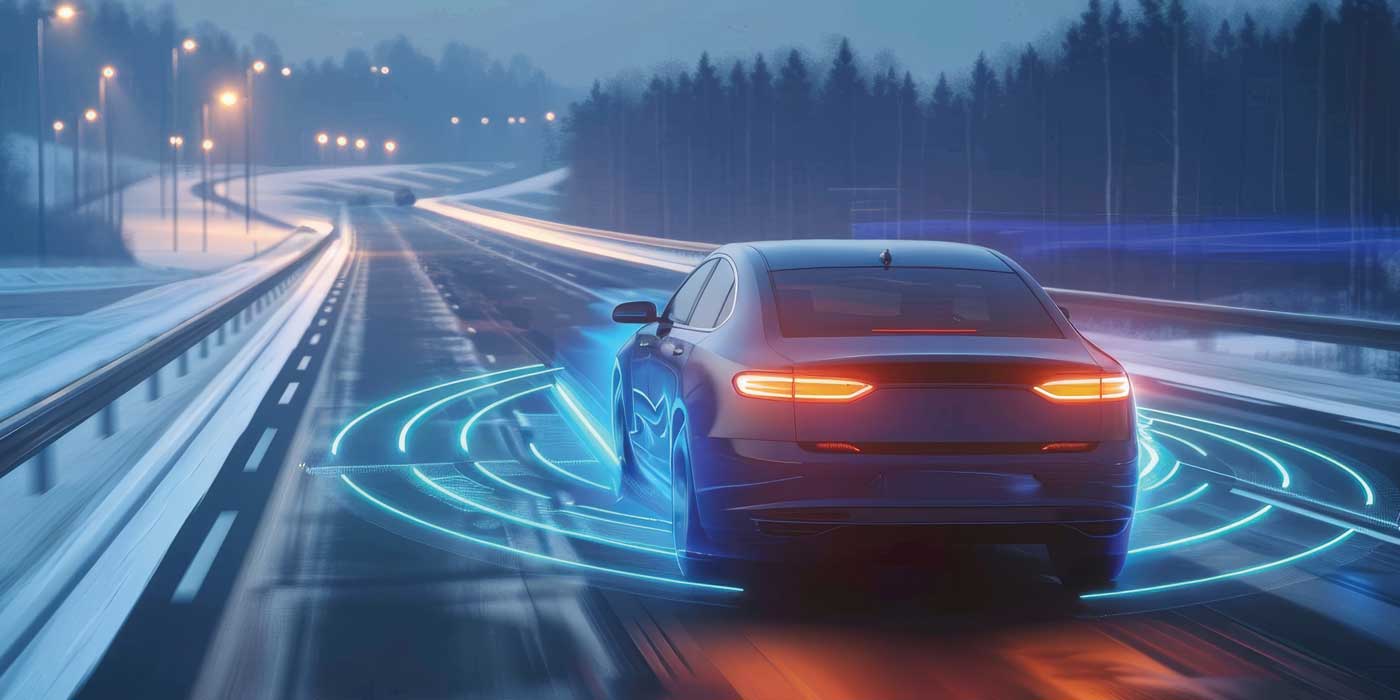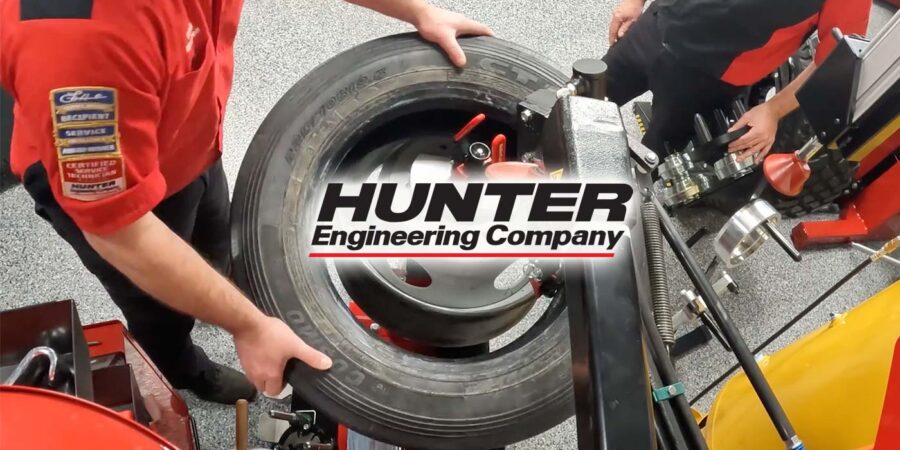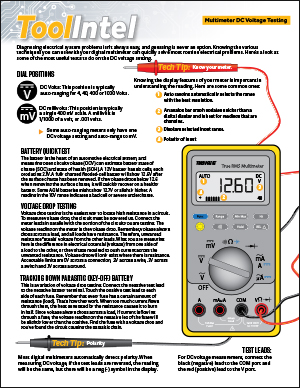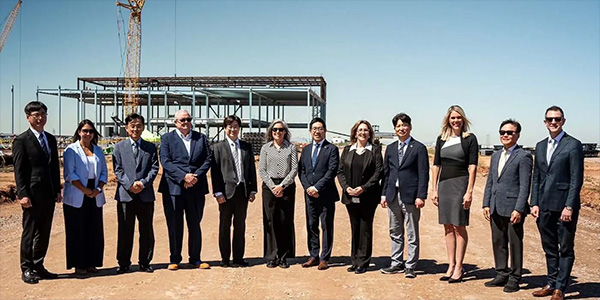| By Larry Carley Technical Editor |
When brake linings are replaced, always follow your friction supplier’s guidelines. As a rule, linings should be replaced with ones made of the same basic type of material as the original linings (or better). Replace semi-metallic with semi-metallic, ceramic with ceramic, and nonasbestos organic (NAO) with NAO — or upgrade to ceramic. The best advice here is to recommend premium grade linings as opposed to standard or economy grade linings. Premium linings will usually give your customer the best performance, longevity and overall value.
If you are installing a loaded caliper assembly on one side of a vehicle only, make sure the pads have the same approximate friction characteristics as the ones on the opposite side. If a different grade of friction material is used, it can increase the potential for a brake pull.
Unless the rotors and drums are in near perfect condition (no scoring, minimal runout, etc.), resurfacing should be considered a must to restore an optimum friction surface. Rotors should be resurfaced to OEM specifications.
If rotors are worn to minimum thickness, or can’t be resurfaced without exceeding the minimum or discard specs, they must be replaced.
Rotors should also be replaced if they are cracked, have hard spots or are severely corroded.
It’s the same story with drums. If a drum is cracked, has hard spots, is bell-mouthed, or the inside diameter exceeds maximum specs or a drum can’t be resurfaced without exceeding the limit, it must be replaced. Also, both drums should have about the same amount of wear. If the difference in wear is greater than about .040 inches, both drums (or rotors) should be replaced even if only one is at or near the discard limit.
As for drum hardware (self-adjusters, return springs, shoe springs, etc.) and disc hardware (caliper slide pins, bolts, bushings, sleeves, etc.), anything that is obviously worn, damaged or badly corroded should always be replaced.
If a return spring or shoe spring is stretched or discolored, it has probably suffered heat damage and must be replaced. But many brake experts say it’s a good idea to replace springs anyway when doing a complete brake job regardless of the spring’s appearance to assure like-new brake performance and to minimize the chance of a comeback.
The cost of new springs and other hardware is only a small portion of a complete brake job. Yet it can save you many dollars in lost labor revenue if you end up having to do the job over because you reused old hardware and it failed.
The MAP guidelines say it is not necessary to rebuild or replace calipers or wheel cylinders unless they are leaking, cracked or damaged. But as we said earlier, many experts believe replacing or rebuilding these components on high mileage vehicles is well worth the extra cost to minimize the risk of future problems.
As for brake fluid, every brake job (complete or not) should include a fluid change. But surveys have found that half of all cars and light trucks that are 10 or more years old have never had their brake fluid changed!
You can’t really judge the condition of the brake fluid by its appearance. Brake fluid may darken as it becomes contaminated with moisture, but some fluid does not. The most accurate way to check the condition of the fluid is to use an electronic tester that boils a small sample of fluid, or to use chemical test strips that react to the corrosion inhibitors and trace copper in the fluid.Tests have shown that after only a year of service, the brake fluid in the average vehicle can contain as much as 2% water. After 18 months, the level of contamination can reach 3%, and continue to climb to as much as 8% or more as time goes on.
As for the ABS system, no parts should have to be replaced unless something isn’t working properly. Wheel speed sensors can sometimes give bad readings if their magnetic tip becomes contaminated with metallic debris from the brakes. A simple cleaning may be all that’s needed to eliminate the problem. A major ABS problem such as a failed modulator or control module, on the other hand, will be a major expense to replace.


